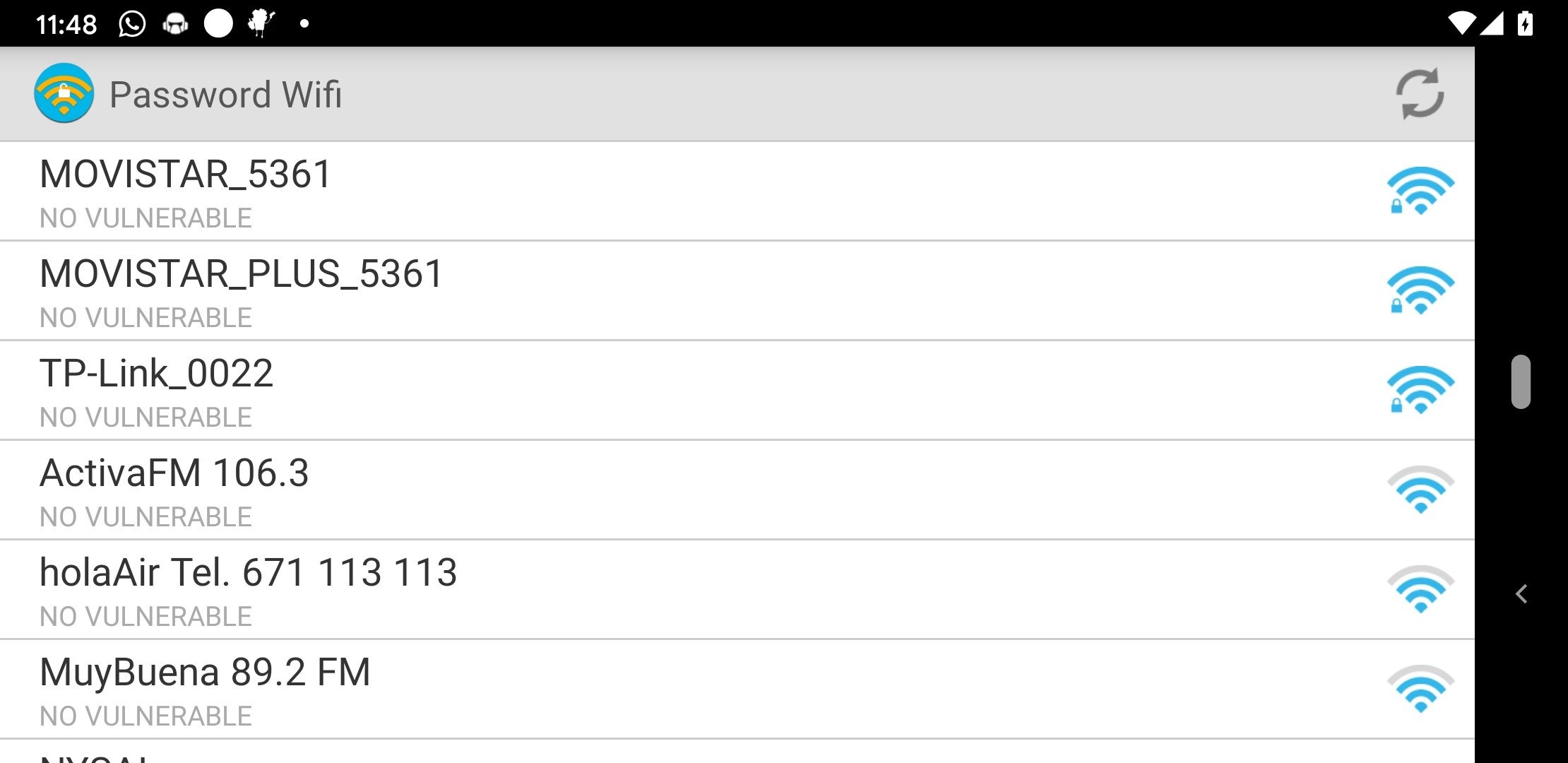A GameCube was released in Japan on September 14, 2001, in the United States on November 18, in Europe 3rd of May 2002 and 17th of May in Australia. Nintendo GameCube, also known as GC, was the most compact and the cheapest among the consoles of its generation. At the time of its launch in the US players could buy one of the 12 games: All-Star.
After finishing up the macOS M1 article the blog staff took a little break. Then they saw the date.
Upon looking at the actual changelog, however, something became readily apparent: this wasn't going to be just a Progress Report; this was going to be a MEGA Progress Report. The long rumored time era of developers merging everything at once had finally come to pass. We have graphical fixes for Super Mario Galaxy and Luigi's Mansion, crash fixes for Star Wars: Rogue Squadron III, Xenoblade Chronicles, Ultimate Spider-Man, The Legend of Zelda: Skyward Sword (AArch64), and new features that make playing games more pleasant! And about AArch64, there are a litany of optimizations and fixes that will change things across most of the library.
And we could go on: Bounding Box, Interpreter, GBA to GCN connectivity, GPU Syncing, Mouse Locking, and still more! There's even a lengthy dev diary at the end for good measure explaining how the great mystery of Pokemon Box's was finally solved. The only way to do it justice is to do it right. So buckle up and get ready for the April and May MEGA Progress Report.
| Dolphin | |
| General | |
|---|---|
| Author(s) | Contributors (GitHub) |
| Type | PC utility |
| License | GPLv2+ (since 2015) |
| Links | |
| Download | |
| Website | |
| Source | |
Dolphin emulates the Wii and GameCube consoles, as well as various accessories for and derivatives of said consoles. It runs Wii and GameCube software with a x86_64 JIT (Windows, Linux, FreeBSD, macOS) and AArch64 (Android). On June 2008, Dolphin's source was released under the GPLv2 license and is currently under active development.
- 1Obtaining a build
- 2Usage with Homebrew
Obtaining a build
Recommended builds
dolphin-emu.org provides a buildbot for Windows and OS X builds from Git and a FAQ to help users.
Building from source
Follow the instructions to build under Windows, Linux or macOS. Windows and macOS users can use the buildbot to avoid compiling their own source code, but Linux users have to build it themselves in order to use Dolphin.
Usage with Homebrew
From the menu, File -> Open.... Select the elf or dol file you would like to run.
Dolphin Wifi Hack Download Pc
Note that you can cause the screen to be rendered to the main Dolphin window with the Graphics → Render to main window option.
General Notes / Disclaimer
- Dolphin is useful to homebrew as it allows developers to test code on a PC before running it on real hardware. However, Dolphin does not support all the features of the Wii and some problems may be experienced running homebrew.
- You may want to enable the MMU for more accurate emulation.
- Dolphin hooks the typical printf functions when it is able to determine their location. If you are running an elf file (with symbols), and cannot see your debug output, this is could be the reason. Either strip your elf, run the dol, or modify dolphin so this HLE does not take place. The other reason could be that you are writing directly to the XFB (libogc's console output does this). In this case, you additionally need to enable the Graphics->Hacks->External Frame Buffer setting and check Real.
- Homebrew applications may hang while initialising sound, i.e. on calling ASND_Init(). A work around would be to skip sound initialisation, so no sound, but there's no need to remove other sound calls in your code. Using the DSP LLE audio backend will improve sound accuracy, and may help avoid hangs.
- You can find an SD Card image in something like UserDocumentsWiisd.raw, kept in the Dolphin folder. If missing it may create it on the first run, you can add things to the sd.raw image with a tool such as winimage. On Linux, it can be simply mounted directly.
- When using code that makes use of the SD Card make sure you use the full path name i.e. (sd:/apps/MyApp/gfxfiles/Image.png); using a relative path (/gfxfiles/Image.png) will not work as your application is launching from an unknown location.
Compatibility
Note: This section is pretty outdated
The following was tested with examples from devkitPro svn r4455, running on Windows 7 (64bit), Dolphin svn r6430. Apps run with default settings unless noted otherwise.These results are provided so that one can quickly realize which options are needed for common tasks - such as using SD support, homebrew text console, etc.
| Title | Notes |
|---|---|
| exampleswiiaudio* | Work acceptably. Requires DSP LLE plugin to be used. Audio may have artifacts. |
| exampleswiidevicesnetworksockettest | Does not work. Socket is not setup successfully. |
| exampleswiidevicesusbgeckogdbstub | Works correctly. Requires USBGecko device selected. Sets up a TCP server to accept connections (instead of a serial device). The TCP port used will be displayed on-screen when dolphin begins emulation. |
| exampleswiidevicesusbkeyboardbasic_stdin | Works correctly. Requires Graphics->Hacks->External Frame Buffer->Real to be checked. Requires Config->Wii->Connect USB Keyboard to be enabled. |
| exampleswiifilesystemdirectory | Works correctly. Requires Graphics->Hacks->External Frame Buffer->Real to be checked. Requires Config->Wii->Insert SD Card to be enabled. |
| exampleswiigraphicsgxgxSprites | Works correctly. |
| exampleswiigraphicsgxneheGXlesson1-7 | Work correctly. |
| exampleswiigraphicsgxneheGXlesson8 | Texturing is broken. |
| exampleswiigraphicsgxtriangle | Works correctly. |
| exampleswiitemplate | Works correctly. Requires Graphics->Hacks->External Frame Buffer->Real to be checked. |
Screenshot

Running NeHe lesson5
Dolphin main window and About window